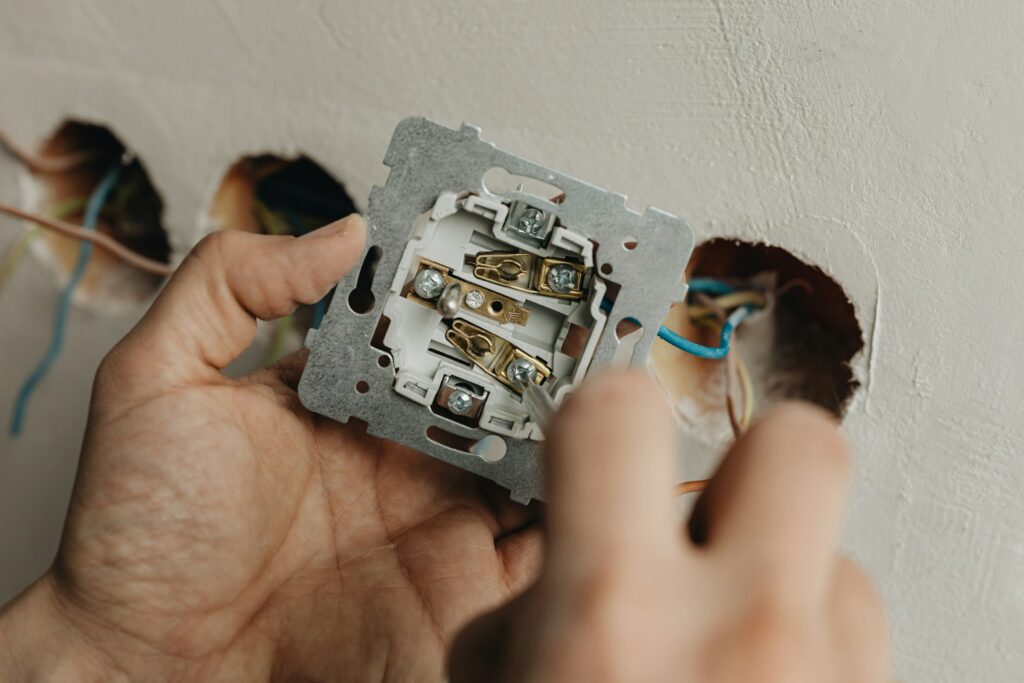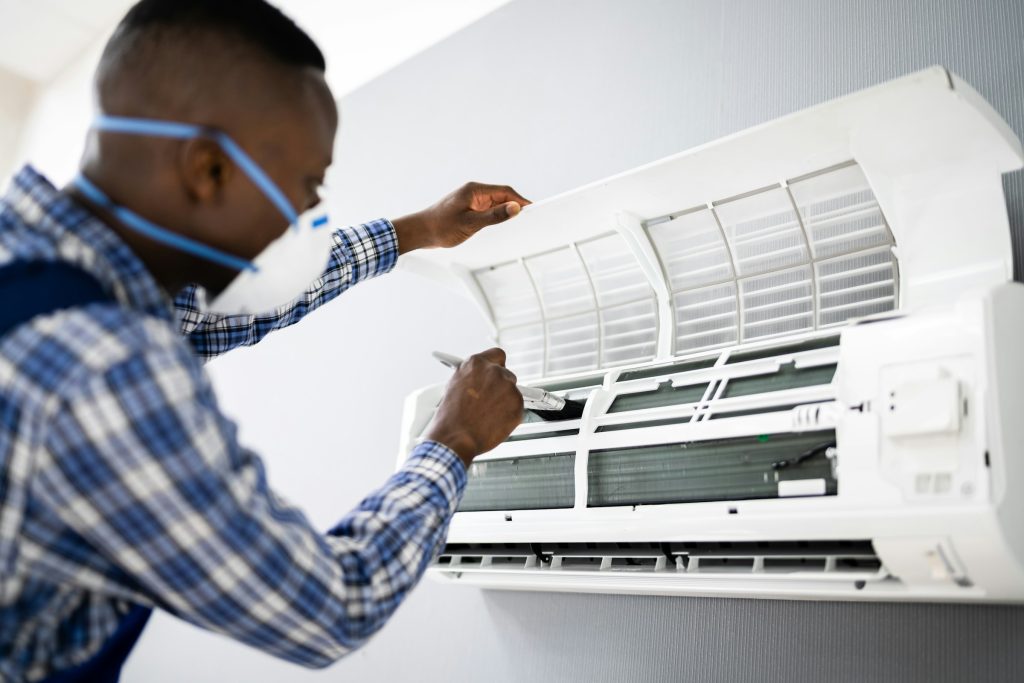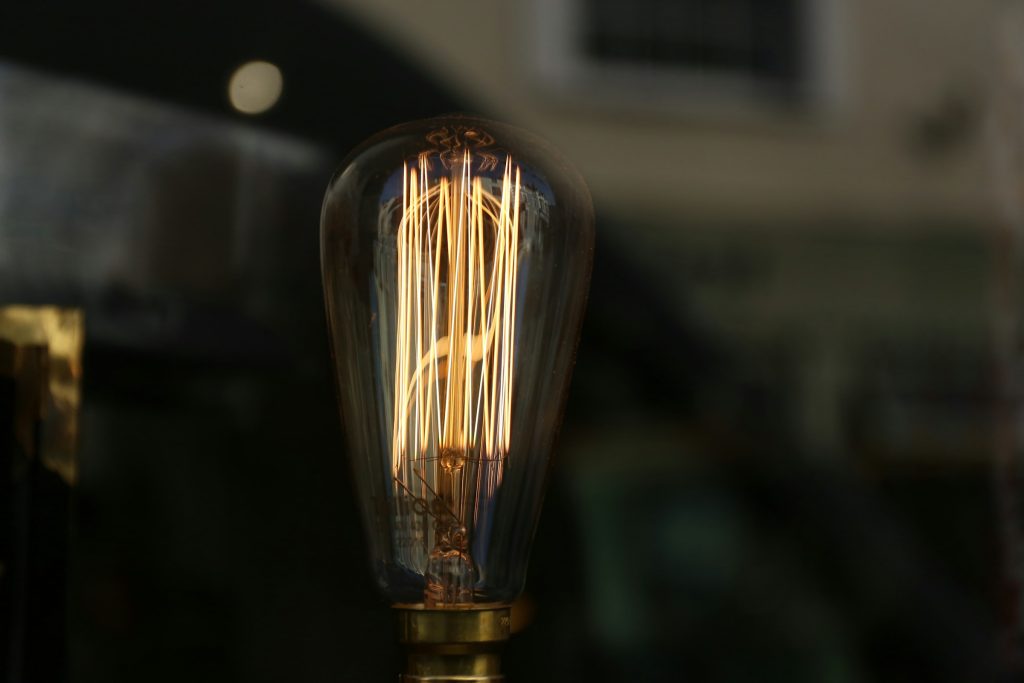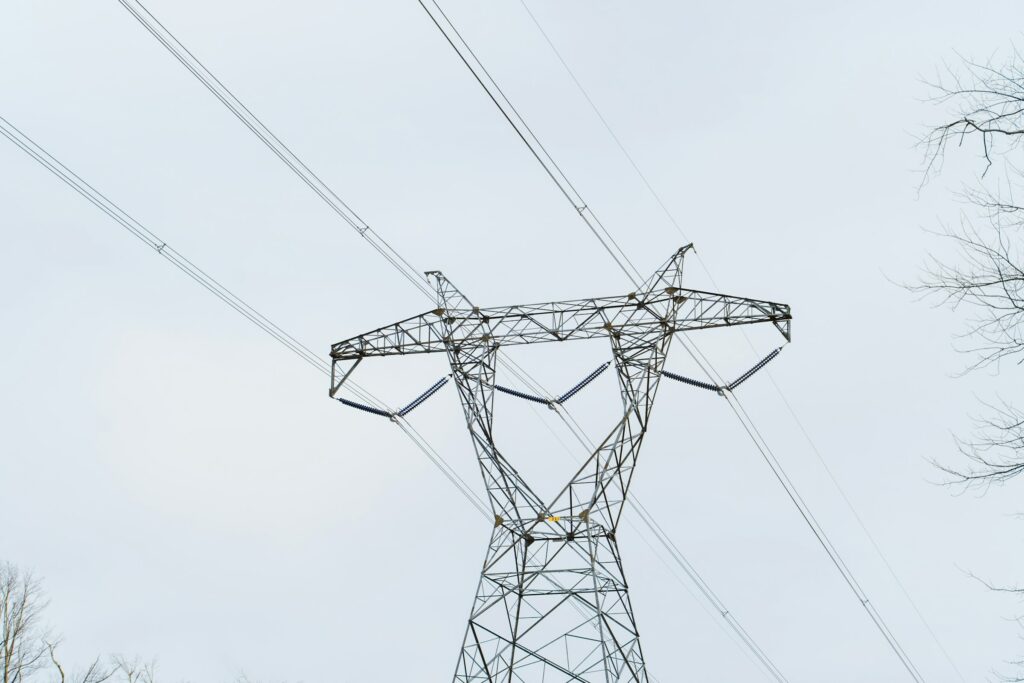Navigating the complex world of electrical systems can be daunting for homeowners. Yet, understanding common electrical terms is crucial for maintaining a safe and efficient home. This article demystifies electrical jargon, providing the knowledge to communicate effectively with professionals and tackle minor issues confidently.
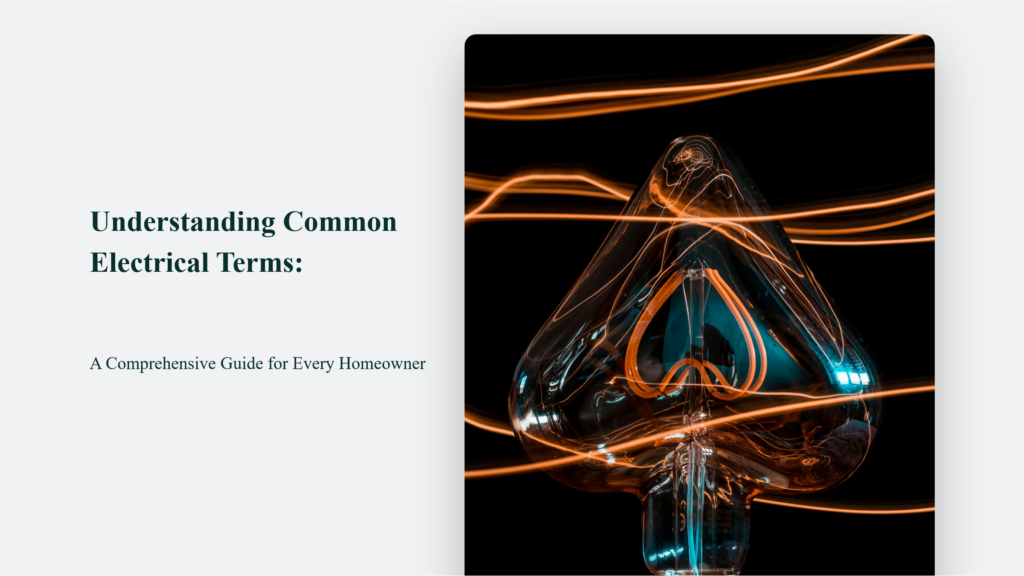
Key Takeaways for Homeowners
- Safety First: Regularly inspect circuit breakers and wiring to prevent electrical hazards.
- Energy Efficiency: Choose appliances with appropriate wattage to save on energy bills.
- Professional Guidance: Consult with electricians for complex issues and system upgrades.
Introduction to Common Electrical Terms
Every homeowner’s journey into electrical literacy begins with the basics. Terms like voltage, wattage, and circuits form the foundation of electrical systems, influencing everything from the brightness of your lights to the efficiency of your appliances.
The Essentials of Home Electrical System:
Exploring the essentials of home electrical systems reveals a complex yet fascinating world that plays a critical role in our daily lives. From ensuring our safety to optimizing energy use, understanding these systems can empower homeowners to make informed decisions. Here’s a deeper dive into the pivotal aspects of home electrical systems, presented in a listicle format for clarity and ease of understanding.
Circuit Breakers and Ground Wiring
Circuit breakers serve as the first line of defence against electrical overloads, safeguarding your home by interrupting the current flow when necessary. Similarly, ground wiring is vital for preventing electric shocks by safely redirecting any faulty electricity back to the earth.
Wattage, Lumens, and Breaker Panels
- Wattage: This measures the electrical energy used per second, directly impacting your energy bills and environmental footprint. Choosing appliances with appropriate wattage can lead to significant savings and efficiency.
- Lumens: When selecting lightbulbs, lumens are an essential consideration as they measure brightness. A higher lumen count means a brighter bulb, enabling you to create the desired ambience in each room while considering energy consumption.
- Breaker Panels: The central hub of a home’s electrical system, containing the circuit breakers. Regular inspections of the breaker panel are crucial to ensure everything is functioning correctly and safely.
Advanced Electrical Concepts for Homeowners
- AFCI (Arc-Fault Circuit Interrupter): These devices prevent electrical fires by detecting and interrupting dangerous arcing in the circuit. Installing AFCI receptacles can add an extra layer of fire protection to your home.
- Polarized Plugs: These plugs ensure that appliances are connected to the power source safely and correctly. The design of polarized plugs prevents incorrect insertion into outlets, reducing the risk of electrical shocks.
The Importance of Voltage, Current, and Resistance
- Voltage: Often likened to the pressure in a water hose, voltage is the force that propels electric current through a circuit. It’s a key factor in determining the power supply to appliances.
- Current: This is the flow of electric charge through a conductor, such as a wire. Understanding the type of current (AC or DC) and its flow can help diagnose electrical issues.
- Resistance: This is the opposition within materials to the flow of electric current. High-resistance materials are used as insulators to protect against electric shock and ensure the safe operation of electrical systems.
Each component is crucial in a home electrical system’s safe and efficient operation. By familiarizing themselves with these terms and concepts, homeowners can better understand how their electrical systems work, identify potential issues, and communicate more effectively with professionals when needed.
Addressing Common Electrical Problems
Homeowners frequently encounter flickering lights, tripped circuit breakers, and non-functioning outlets. These can stem from loose bulbs, overloaded circuits, or faulty GFCI outlets. Immediate action, such as resetting GFCIs or distributing electrical loads, can often resolve these issues. However, persistent problems may indicate deeper issues requiring professional attention.
The Bottom Line:
In conclusion, familiarizing yourself with common electrical terms and issues empowers you to maintain a safe and efficient home and enables effective communication with professionals. Knowledge is your best tool, whether you’re troubleshooting a flickering light or planning an upgrade.
Frequently Asked Questions:
What should I do if my lights are too bright or too dim?
How can I reduce my skyrocketing electricity bills?
Switch to energy-efficient appliances, disconnect devices when not in use, and repair any damaged cables.
